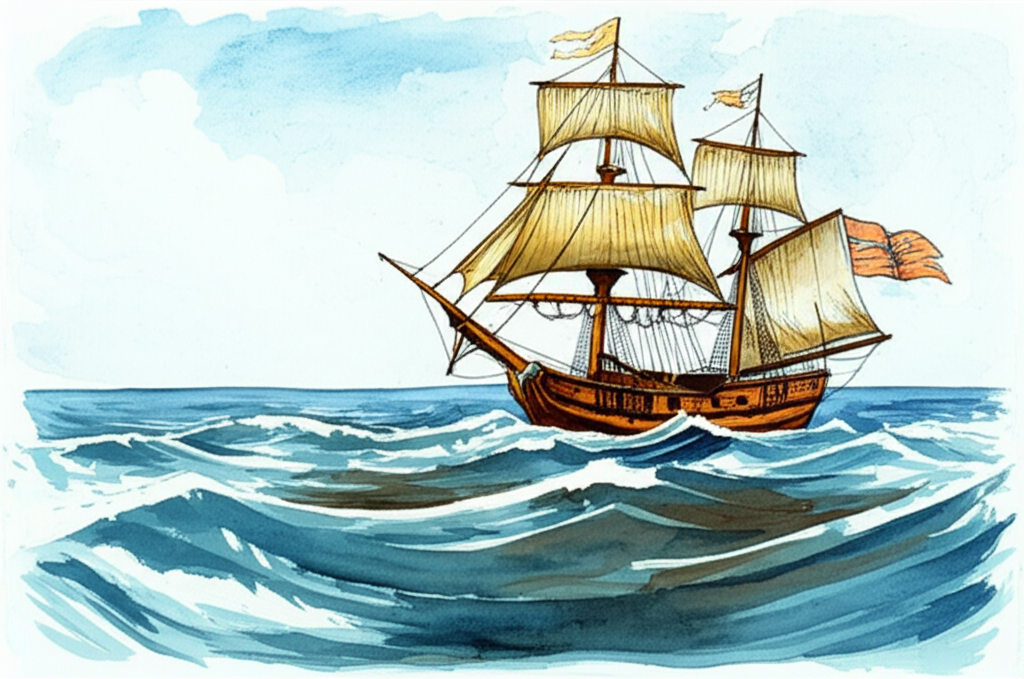
Superstitions have historically played a significant role in various aspects of life, but they were particularly prevalent among those whose lives were perceived to be at the mercy of chance. Seafarers, especially during periods when ocean navigation was rudimentary and weather prediction unreliable, faced constant danger, leading them to embrace superstitions as a means of exerting control or mitigating risk. One such enduring superstition was the belief that the presence of women onboard ships would anger the sea, bringing misfortune to the vessel and its crew.
The origins of this superstition are thought to extend to the earliest days of seafaring, persisting well into the 20th century. A notable example of its influence can be found in the correspondence of Admiral Collingwood, a Royal Navy officer who served alongside Nelson during the Napoleonic Wars. In 1808, upon discovering a woman on one of the ships in his squadron, Collingwood wrote to Admiral Purvis, expressing his belief that the presence of a woman invariably led to misfortune. He promptly ordered her removal from the vessel at the earliest opportunity, illustrating the perceived gravity of the superstition among naval officers.
Despite the strength of this superstition, the historical record reveals a more complex reality. During the Age of Sail, from the mid-16th to the mid-19th century, women were often present on ships. Some were officially sanctioned as wives or mistresses of captains, while others, including prostitutes, were smuggled onboard by officers and sailors. There were also instances of women disguising themselves as men to work undetected among the crew. This suggests that while the superstition was widespread, practical considerations and personal desires sometimes overrode its influence.
Interestingly, alongside the belief that women brought bad luck, another contradictory idea existed: that a naked woman could calm the seas and save lives during a storm. This belief is documented in Pliny the Elder’s Natural History, where it is claimed that women could dispel hailstorms, whirlwinds, and lightning by uncovering their bodies, particularly during menstruation. The text suggests that even a non-menstruating woman could quell a tempestuous sea simply by revealing her body. This juxtaposition highlights the complex and often contradictory nature of maritime superstitions, reflecting a mixture of fear, reverence, and practical necessity in the face of the unpredictable power of the sea.
In modern times, the superstition about women on ships has largely faded from mainstream maritime culture. Advances in navigation technology, weather forecasting, and a more secular worldview have diminished the reliance on traditional superstitions. However, echoes of the belief may still persist in certain maritime communities or as a historical curiosity. While the practical implications of the superstition have largely disappeared, its enduring presence in maritime lore serves as a reminder of the fears and beliefs that once shaped the lives of those who ventured out to sea.